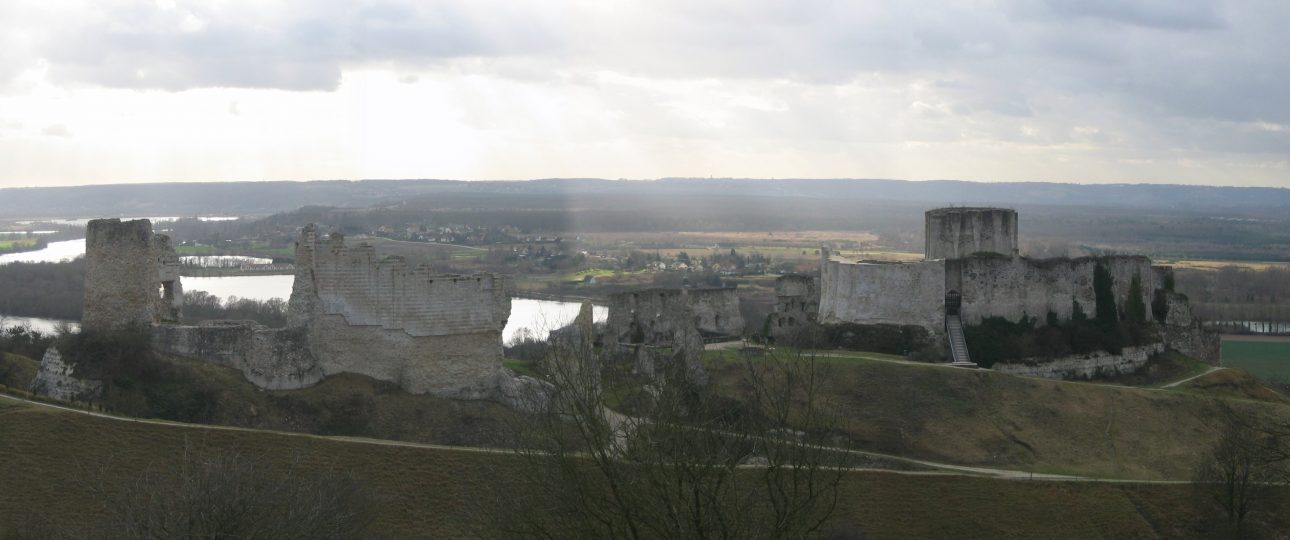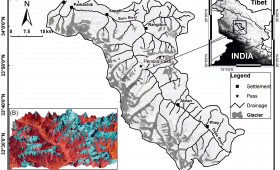Château-Gaillard: A Fortress of History and Strategy
About Château-Gaillard
Château-Gaillard stands as a testament to medieval military strategy and architectural innovation. Perched high above the Seine River in Normandy, France, this fortress was the brainchild of Richard the Lionheart, built to protect his territories from the ambitions of the French king. Its strategic location and historical significance make it a fascinating destination for those interested in history and medieval architecture.
History and Significance
Constructed between 1196 and 1198, Château-Gaillard was Richard the Lionheart’s response to the territorial threats posed by Philip II of France. Despite a treaty prohibiting fortifications at the site, Richard seized the manor of Andeli and began construction. The castle’s purpose was clear: to defend Normandy and serve as a base for reclaiming the Norman Vexin from French control.
The fortress is a blend of Romanesque and Gothic styles, reflecting the era’s architectural prowess. Its construction was a massive undertaking, costing an estimated £12,000, a significant sum at the time. The castle’s design included innovative defensive features, and Richard himself was heavily involved in its planning, showcasing his interest in military architecture.
Exploring Château-Gaillard
Best Time to Visit
Visit Château-Gaillard from April to September when the weather is mild, and the surrounding landscape is vibrant. These months offer the best conditions for exploring the fortress and enjoying the scenic views of the Seine River and the lush Normandy countryside.
How to Get There
Located near Les Andelys in Normandy, Château-Gaillard is accessible from Paris. Take a train to Vernon, followed by a short taxi ride to the fortress. Alternatively, rent a car for a picturesque drive through the French countryside, which offers flexibility and the chance to explore nearby attractions.
Local Transportation
Once at Château-Gaillard, the best way to explore is on foot. The site is compact but involves numerous steps and uneven paths, so wear comfortable shoes. For a deeper understanding of the site’s history, consider hiring a local guide who can provide detailed insights into the castle’s past and its role in medieval conflicts.
Experiencing the Charm of Château-Gaillard
Walking through Château-Gaillard is like stepping back in time. The fortress’s ruins tell stories of battles and sieges, and the panoramic views from the main keep are breathtaking. The sight of the Seine River winding through the countryside is a highlight of any visit.
For those interested in outdoor activities, the surrounding area offers hiking trails that provide a peaceful escape and a chance to enjoy Normandy’s natural beauty. However, be prepared for uneven terrain and bring water and snacks for a comfortable hike.
Summary of Facts
- Château-Gaillard was built by Richard the Lionheart between 1196 and 1198.
- The fortress is located in Les Andelys, Normandy, France.
- It played a strategic role in defending Normandy against French advances.
- The architectural design combines Romanesque and Gothic styles.
- Spring and summer are the best times to visit.
- The fortress can be reached by train and taxi from Paris.
- Exploring Château-Gaillard is best done on foot.
- Local tour guides are available for a more in-depth experience.
- The main keep offers stunning views of the Seine River and the countryside.
- Surrounding hiking trails provide opportunities for outdoor exploration.




